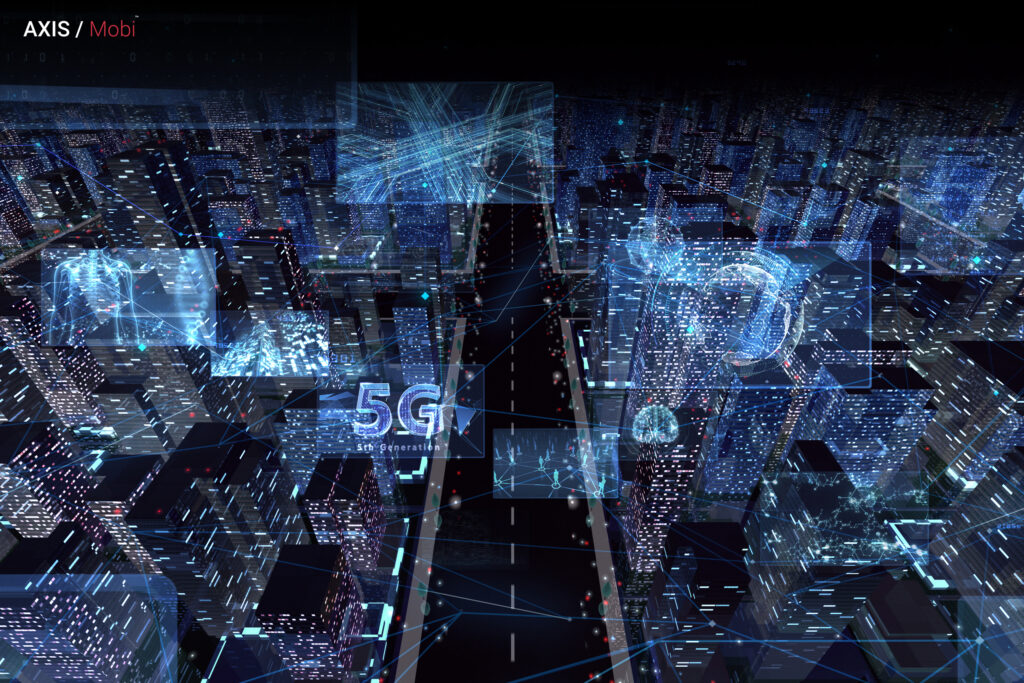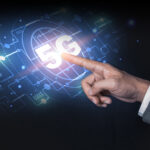We have seen significant changes in the world around us during the past three decades. Changes such as the introduction of Smarter cars, faster phones, a communication breakthroughs, and modernization in the healthcare industry are some common examples. But how has all this been possible? Let’s find out.
A significant contribution to making this possible goes to the frequent upgradation of wireless technology from time to time. The term ‘5G‘s is considered the next big thing in wireless technology networking. In simple words, it is wireless technology’s fifth generation.
Technology in its fifth generation is predicted to be more advanced and faster. The purpose of 5G architecture is to connect everything and everyone, including buildings, cities, people, smartphones, robots, and drones. 5G design is built on a significantly higher next-generation technology plane. It will be more advanced than current wireless technology regarding data speeds, system capacity, energy efficiency, and cost savings.
What is the 5G network capable of?

Imagine a society where devices, people, structures, and infrastructure all communicate with one another.
In this world, cars drive on their own; buildings, factories, and cities can interact with the users; and users can shop and watch live sports events in VR! this is what the world of 5G looks like – hyper-connected, secure, and experiential on an unimaginable scale.
What distinguishes 5G?

With technologies like 4G, we have mostly thought of connectivity as being between humans or humans and the internet. But with 5G, that won’t be sufficient any longer.
The next logical step in connectivity is to link not just commonplace machines and gadgets to people but also other machines. Connecting every aspect of our environment is the core promise of 5G. Terms like the Internet of Things (IoT), Virtual Reality (VR), and Artificial Intelligence will no longer be merely speculative connotations of what will happen in the future, with the number of connected devices globally anticipated to triple by 2030 to 25.4 billion.
Differences between 5G and earlier mobile network generations.

To properly comprehend the phenomena of the fifth generation, let’s trace the development of several wireless technology generations:
- First-generation mobile networks, or 1G, were developed in the 1970s and 1980s and only supported speech data. They were sent over radio waves unencrypted. Low coverage, poor sound quality, a lack of system compatibility, and unencrypted voice were all drawbacks of 1G.
- In the 1990s, the phrase 2G first surfaced. Digital and encrypted communications were being used. Telecommunications underwent a revolution as a result of this. Mobile cell towers started to appear, and businesses and consumers immediately embraced them. Smartphones got invented.
- Beginning in the early 2000s, 3G got developed. Since online connectivity was standardized in this era, people could access data from anywhere. 3G improved call quality, video conferencing, streaming, and data transfer capabilities.
- 4G: Consumers can stream high-quality videos thanks to 4G technology. Today’s most popular technology, 4G, offers high-definition films, conferencing, and gaming services.
- 5G: Higher speed, lower latency, energy savings, and larger capacity systems are promised by this generation. With its better connectivity, 5G aims to provide network access to everyone, regardless of location or social standing. Remote surgery, telemedicine, self-driving cars, smart cities, smart factories, virtual reality games, shopping, and sports viewing are just a few of the advancements that can be made possible by 5G.
Where are 5G networks used?

The following are some of the sectors that 5G technology is transforming:
1.) Smart cities and Smart buildings: Civic authorities will be able to efficiently manage operations with IoT (Internet of Things) sensors’ ability to monitor and collect data on air quality, energy use, and city traffic patterns.
2.) Manufacturing sector: Massive amounts of data will be analyzed by artificial intelligence to automate human processes like quality assurance, standardization, precision checking, and so forth.
3.) Virtual Reality (VR) and entertainment: The viability of virtual reality will increase, making it possible to work remotely from anywhere in the world or enjoy a live sports arena at home.
CONCLUSION:
5G Wireless Technology is Smarter, interconnecting the entire world without limits. It intends to offer extraordinary and unmatched data capacity, unrestricted call volumes, and massive data transmission. Universal and unlimited access to knowledge, social contact, and entertainment in the future would expand our horizons and give our lives a new dimension.




